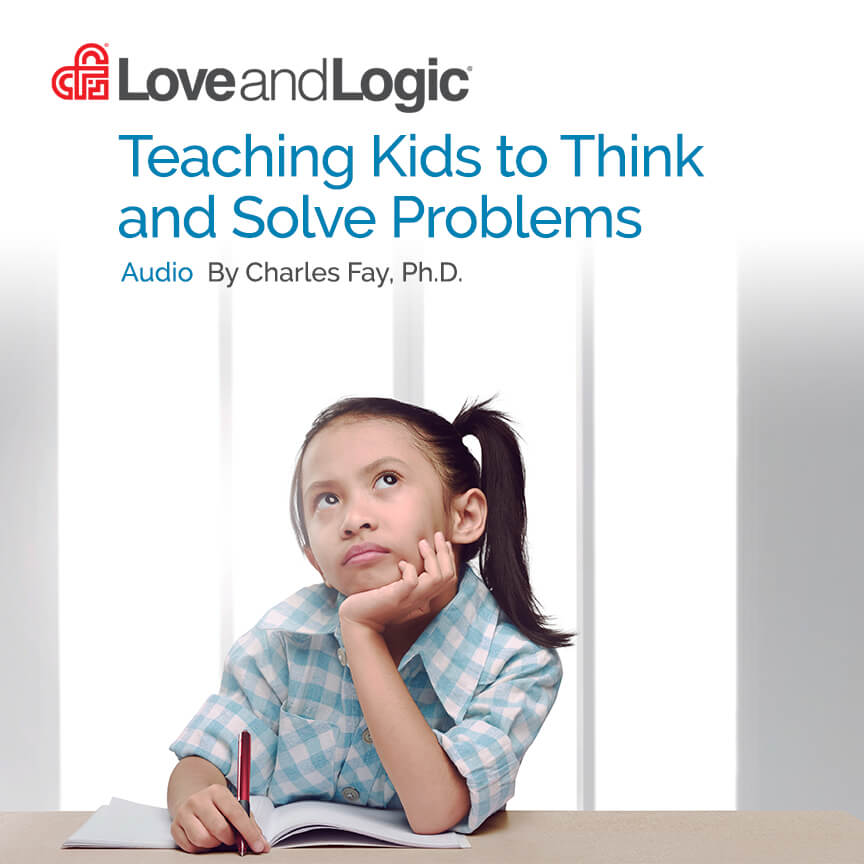Teachers teach at many levels. Although teachers must focus on a particular academic subject, such as biology or history, they can also teach and model important life skills. One important life skill is the ability to solve one’s own problems. Often, students confront teachers with an apparently insoluble problem and expect the teacher to solve it for them.
If a teacher, or any adult, always solves problems for a child, the child does not learn anything other than to always take their problems to an adult and let the adult solve them. The second rule of Love and Logic is that adults (parents as well as teachers) must hand the responsibility for solving problems over to the child. Only in this way can children learn how to solve their problems and learn to take responsibility for solving their problems.
By instilling this ability in kids at an early age, they will grow up to become responsible and self-sufficient, able to make healthy and appropriate decisions in this increasingly complex world. The following process can help teachers get kids to think more about their problems than their teachers do.
5 Steps to Teaching Students Problem-Solving

Step 1: Provide a Strong and Sincere Dose of Empathy
Empathy allows the student to stay calm enough to solve the problem—and learn from it. Experiment with saying something like:
Oh no. This isn’t good. I bet that’s really upsetting.
Step 2: Hand the Problem Back in a Loving Way
After you have proven that you care, ask:
What do you think you might do to solve this problem?
Don’t be shocked if the student mumbles, “I don’t know.”
Step 3: Ask Permission to Share What “Some Students” Have Tried
Avoid giving suggestions until you have asked:
Would you like to hear what some other students have tried?
Step 4: Provide Two or Three Alternatives for Solving the Problem
Remember to avoid resistance by saying:
Some students decide to ________. How would that work for you?
Step 5: Show Confidence in Their Ability to Solve the Problem
Resist the urge to tell the student which alternative to pick. End the session by showing your faith in the student and say:
Good luck! Let me know how this turns out.
Teaching Kids to Problem-Solve Is a Gift for Life
This approach has proven successful throughout the years for thousands of teachers who have taken our 9 Essential Skills for the Love and Logic Classroom classes.
Teachers are in a unique position to teach problem-solving skills, which is a gift for life. It reminds me of the old adage: Give someone a fish, and you feed them for a day, teach them how to fish, and you feed them for a lifetime. Solve a problem for a child, and you only solve the problem; teach the child how to solve the problem, and you help them solve problems throughout their lives.
More Support for Teachers
Our audio, Teaching Kids to Think and Solve Problems, has more tips to help teachers show their students how to solve their own problems, inspire them to love learning, and help them grow into responsible and self-reliant adults.
Thanks for reading!














